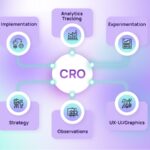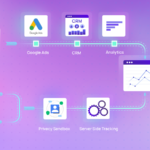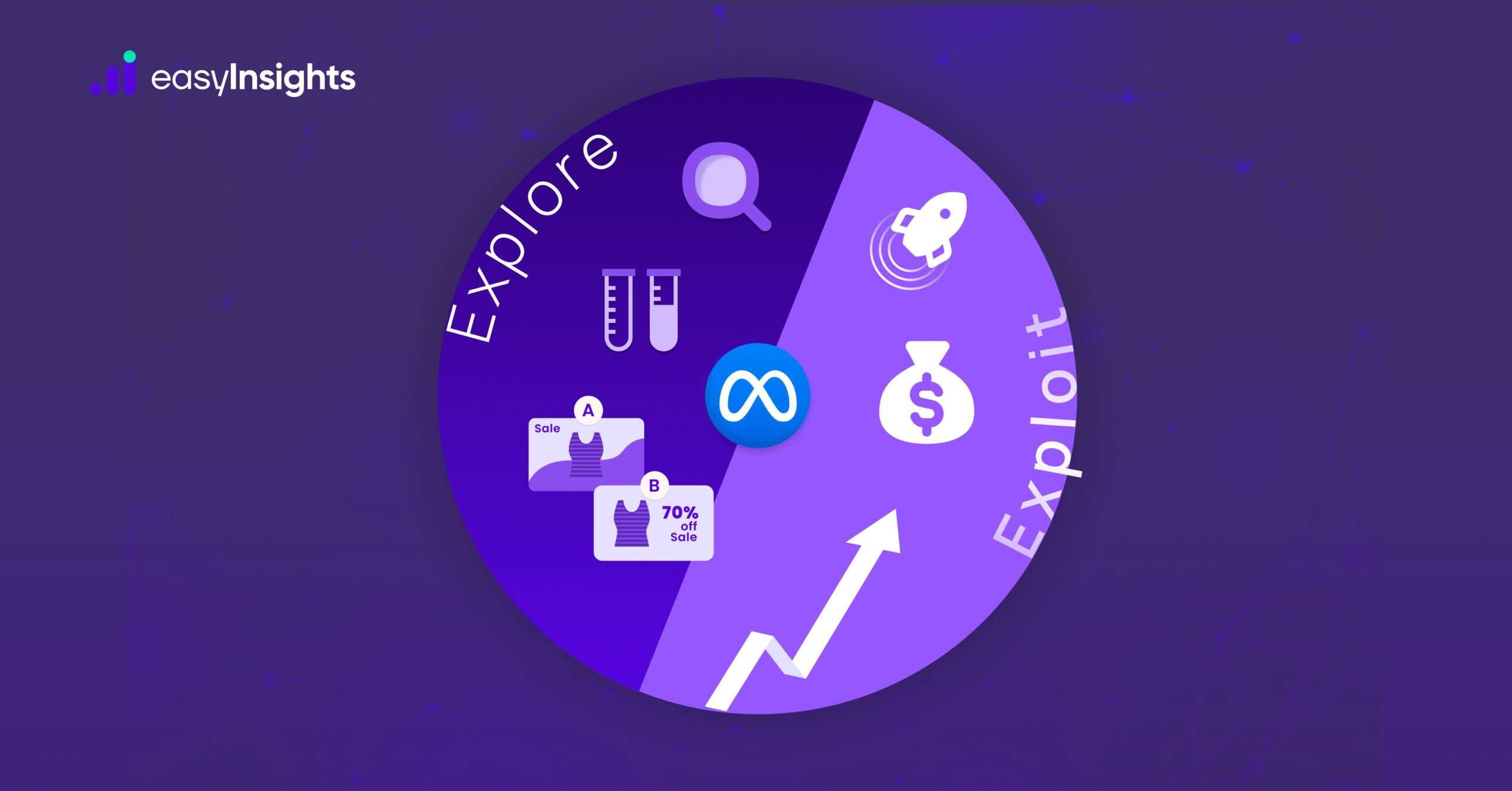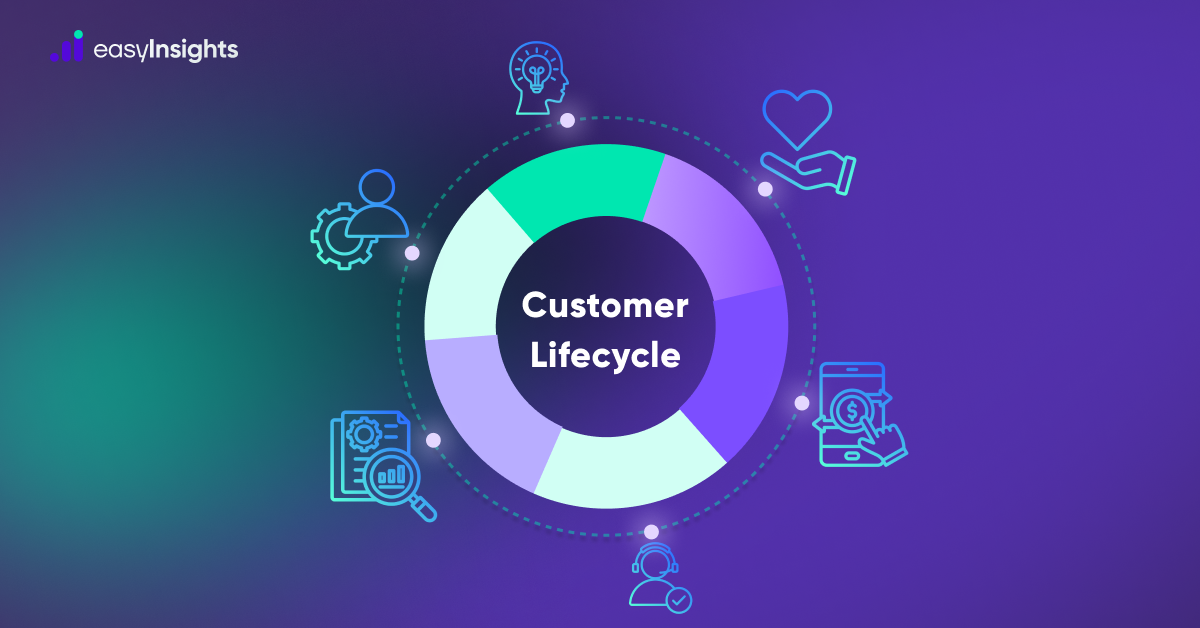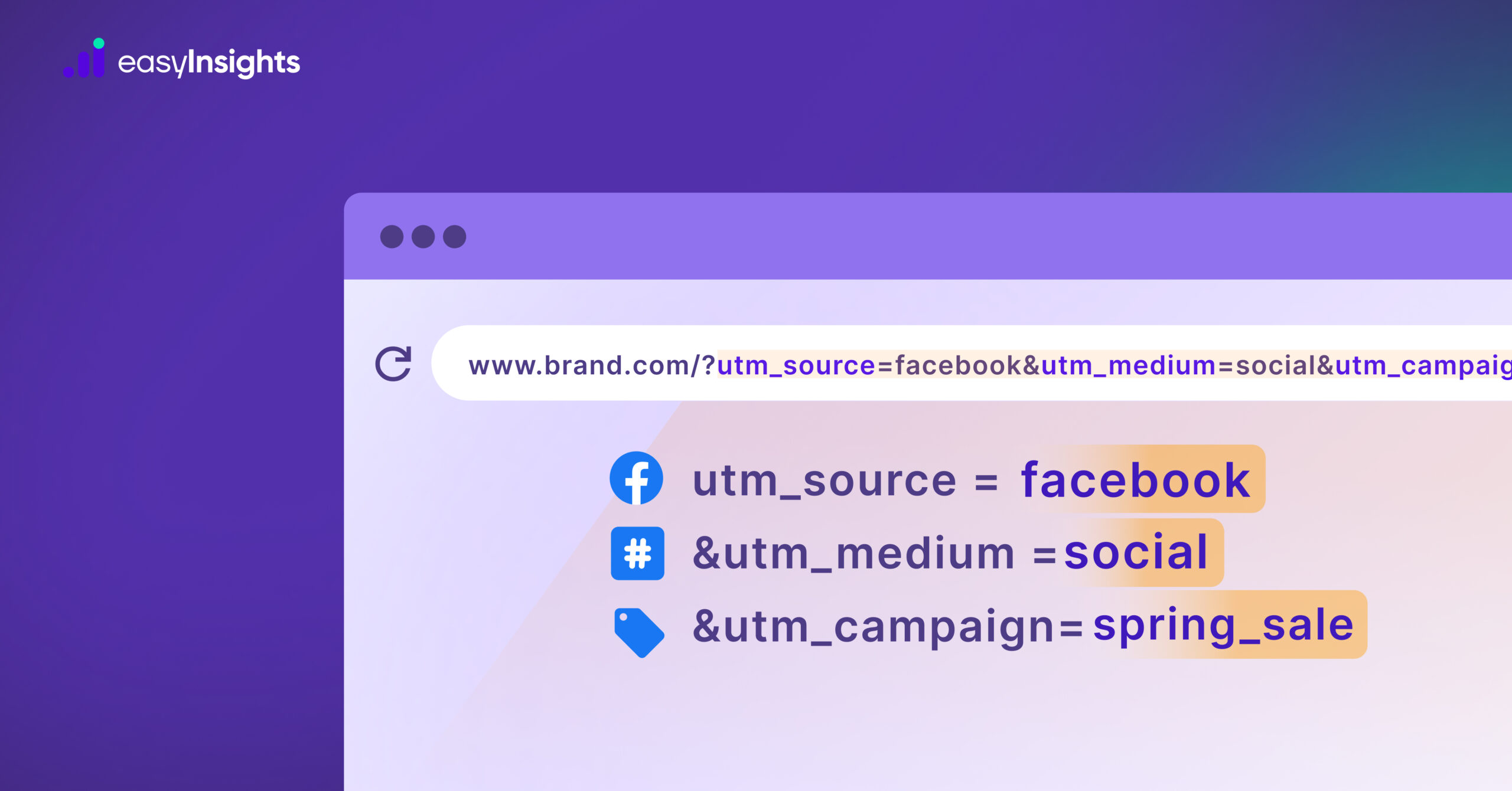
As digital marketing evolves, the demand for faster execution, greater personalization, and efficient use of resources continues to grow. Marketers are expected to deliver impactful results at scale—often with leaner teams and tighter timelines.
To meet these demands, a new approach is emerging: agentic AI workflows. These are AI-driven systems powered by autonomous software agents that can plan, decide, and act on their own. From crafting personalized campaigns to optimizing budgets in real time, these agents handle complex, multistep marketing tasks with minimal human input.
Unlike traditional automation tools that follow fixed rules, agentic AI continuously learns, adapts to changing data, and works in coordination with other agents and platforms to achieve better outcomes.
In this article, we’ll explore how agentic AI workflows are transforming digital marketing, the core components that make them work, and how leading brands are leveraging them to drive performance at speed and scale.
Jump ahead to:
What are Agentic AI Workflows?
Agentic AI workflows are advanced, AI-driven processes where complex tasks are broken down into smaller, manageable subtasks – each executed by intelligent, goal-oriented agents. These AI agents operate with a high degree of autonomy. When necessary, they collaborate with one another, make real-time decisions, and continue learning from feedback to improve over time.
At their core, agentic AI workflows embody a shift from automation to autonomy. Rather than simply following predefined instructions, AI agents actively interpret context, plan multistep strategies, choose the right tools, and revise their actions based on outcomes. This allows organizations to move beyond static workflows and embrace a more responsive, scalable approach to problem-solving.
For example, in a marketing context, an agentic AI workflow might involve one AI agent analyzing customer behavior data, another generating personalized ad copy, and a third optimizing campaign spend in real time. These agents coordinate with minimal human oversight—adapting on the fly to new information, audience shifts, or platform changes.
Components of Agentic AI Workflows
To enable the intelligence and autonomy of agentic AI workflows, several advanced components come into play. These elements work together seamlessly, driving the effectiveness and efficiency of AI-driven processes in digital marketing:
- AI Agents: These are the “doers” of agentic AI workflows, designed to autonomously carry out tasks, make decisions, and adapt based on new data. These agents take charge of managing multiple processes simultaneously, executing them with precision and without the need for constant human intervention.
- Prompt Engineering: Well-crafted prompts are crucial for guiding AI agents in dealing with ambiguity and complex goals. By designing clear and structured prompts, marketers can ensure that AI agents understand the nuances of a task and generate the most relevant responses, even in intricate scenarios.
- Large Language Models (LLMs): LLMs serve as the backbone for generating content, analyzing user intent, and creating natural, engaging communication. By understanding and processing complex human language, LLMs enable AI agents to craft tailored messages that resonate with diverse audiences.
How Agentic AI workflows Work

Agentic AI workflows stand out by combining advanced AI capabilities that allow them to adapt, collaborate, and continuously improve. Here’s a deeper look at how they operate:
1. Reflection & Learning
AI agents in agentic AI workflows are designed to be self-reflective. They don’t just follow static instructions – they continuously monitor their actions and analyse performance data to identify what’s working and what needs improvement.
For instance, if a marketing campaign’s response rates begin to drop, a messaging agent will detect the change, analyse engagement metrics, and adjust its strategy accordingly. This could involve tweaking the timing of messages, altering the tone, or testing new formats.
Over time, agents learn from feedback loops, refining their decisions to deliver better outcomes with each cycle. This ability to self-evaluate and improve makes these workflows highly adaptive and resilient in dynamic environments.
2. Planning and Execution
Agentic AI workflows start by breaking down goals into smaller, actionable tasks. AI agents prioritise these steps and chart an efficient plan aligned with business objectives.
Once the plan is ready, agents execute it autonomously – monitoring progress, responding to real-time data, and adapting actions as needed to stay on track and deliver results.
3. External Integration
One of the key strengths of agentic workflows is their ability to integrate seamlessly with other tools and systems. Whether it’s a CRM to retrieve customer data, a calendar to schedule meetings, or an analytics platform to track performance, agents connect to external resources and trigger actions without requiring human oversight.
This integration ensures that the workflow remains smooth and that all systems are working in tandem to drive results.
4. Multi-Agent Collaboration
In complex workflows, multiple specialized agents collaborate to achieve the end goal. For instance, one agent might focus on pricing strategies, another on customer outreach, and another on performance analysis.
These agents work together, sharing insights and adapting their individual strategies based on real-time data. By dividing tasks according to specialization, they are able to execute complex operations with high efficiency and minimal intervention.
Key Benefits of Agentic AI Workflows
Agentic AI workflows offer transformative advantages for businesses, enhancing operational efficiency, enabling intelligent decision-making, and supporting scalable growth. Below are some of the most impactful benefits:
1. Operational Efficiency through Intelligent Automation
By automating routine and repetitive tasks, agentic AI workflows significantly reduce manual effort, lower error rates, and accelerate execution. For instance, AI-powered customer support agents can handle common queries autonomously, allowing human teams to focus on higher-value activities such as strategy and complex problem-solving.
2. Scalable and Adaptive Systems
Agentic AI workflows are designed to respond dynamically to changing inputs and business conditions. In e-commerce, for example, AI agents can automatically adjust inventory levels in response to real-time sales trends—supporting both agility and scale as demand fluctuates.
3. Data-Driven Decision Making
These workflows integrate real-time data analysis to power more informed, timely decisions. A common application is dynamic pricing, where AI agents continuously assess market variables and adjust product pricing to optimize for revenue or competitiveness.
4. Coordinated Multi-Agent Collaboration
Complex business processes often involve multiple interdependent tasks. With agentic AI workflows, specialised AI agents collaborate to streamline operations—for example, synchronising supply chain logistics, inventory management, and order fulfilment—minimising inefficiencies and delays.
5. Enhanced Customer Experience
Personalization is central to modern marketing, and agentic AI workflows excel in delivering it. From curated product recommendations to behavior-driven content delivery, AI agents help elevate the customer experience, increasing satisfaction and brand engagement.
Also Read: How Agentic AI is Transforming Digital Marketing
Powering Agentic AI Workflows with EasyInsights
While agentic AI workflows offer intelligent execution and adaptability, their performance is only as good as the data that fuels them. For AI agents to monitor, analyze, plan, and act with precision, they need reliable, real-time, and accurate data across the entire marketing funnel.
EasyInsights.ai makes this possible by ensuring your data is always clean, complete, and connected—across platforms like Meta, Google Ads, offline CRM systems, and your website. By stitching together first-party data, enriching attribution, and resolving data quality issues, EasyInsights gives agentic systems the trusted foundation they need to function effectively.
With EasyInsights:
- You eliminate data blind spots that could misguide AI agents
- You enable full-funnel attribution that supports smarter decisions
- You empower agentic AI workflows to execute with clarity and confidence
In short, before agents can act, they must understand—and EasyInsights ensures they see the full picture.
Conclusion
Agentic AI workflows represent a shift from rigid automation to dynamic, intelligent systems that grow with your business. By combining autonomous decision-making with deep integration and constant learning, these workflows help teams operate smarter, faster, and with fewer bottlenecks.
Whether you’re optimizing marketing campaigns, improving support response times, or streamlining financial operations—agentic AI workflows can give your business a serious edge in the age of AI.
However, the success of these workflows depends on the quality of data they rely on.
EasyInsights.ai provides the accurate, real-time, and connected data needed to power these systems. From resolving attribution gaps to unifying cross-platform data, we help ensure your AI agents have the context they need to perform effectively.
Book a demo with EasyInsights today!


